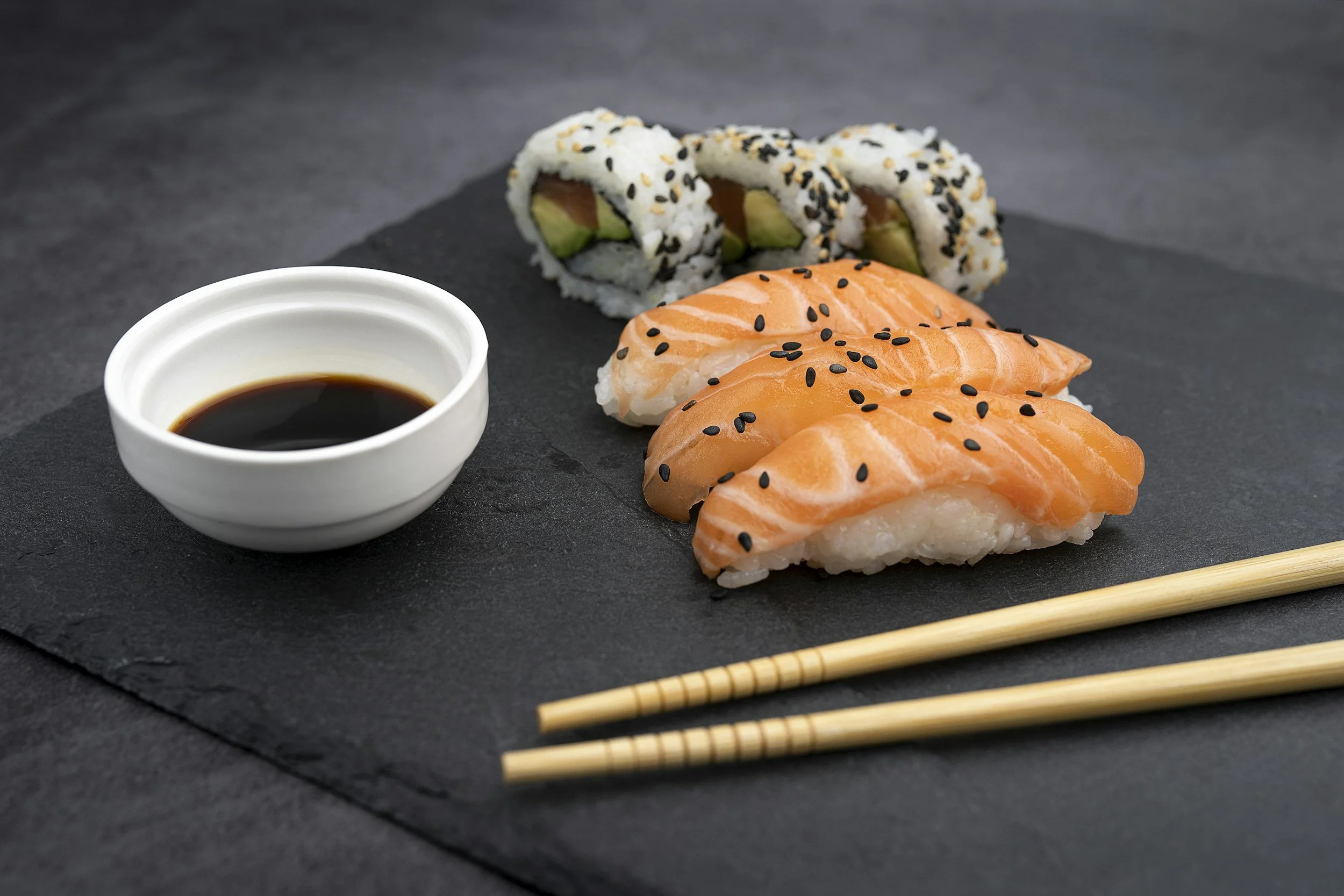What's the Deal with Food Photography for Restaurants?
As a food photographer in Auckland, I've seen countless restaurants struggle with taking great photos of their dishes. It's like they're trying to capture a moment in time, but it's just not happening. But what's the deal with food photography for restaurants, anyway? Is it just a matter of pointing a camera at a plate of food and calling it a day? Food photography for restaurants is an art that requires skill, creativity, and attention to detail.
The Importance of Food Photography for Restaurants
Let's face it, food photography is a crucial part of any restaurant's marketing strategy. It's what sets your restaurant apart from the competition and makes people want to come and try your food. But what makes a great food photo? Gordon Ramsay, the celebrity chef and restaurateur, says it's all about the lighting, composition, and styling. Jamie Oliver, another celebrity chef and restaurateur, agrees, saying that a great food photo should make you want to reach out and touch the food.
Tips for Taking Great Food Photos for Restaurants
So, how do you take great food photos for restaurants? Here are some tips to get you started:
Use natural light: Natural light is always the best, so try to shoot near a window or outside.
Keep it simple: Don't overcomplicate the shot with too many props or distractions.
Focus on the food: Make sure the food is the star of the show and not the background or props.
Experiment with angles: Don't be afraid to get creative with your angles and try something new.
Food Photography Equipment for Restaurants
So, what kind of equipment do you need to take great food photos for restaurants? Here are some essentials to get you started:
Camera: A DSLR camera is always a good idea, but a smartphone camera can also work well.
Lens: A good lens can make all the difference in the quality of your photos.
Lighting: Natural light is always the best, but if you're shooting indoors, invest in a good lighting kit.
Props: Keep it simple with a few props like utensils, plates, and garnishes.
Food Photography Software for Restaurants
So, what kind of software do you need to edit your food photos for restaurants? Here are some essentials to get you started:
Adobe Lightroom: A great tool for editing and organizing your photos.
Adobe Photoshop: A powerful tool for editing and manipulating your photos.
Skylum Luminar: A great tool for editing and enhancing your photos.
So, you've got your camera and lighting equipment, now it's time to start taking photos. But what are some tips to keep in mind when taking food photos for restaurants? Here are a few to get you started:
Focus on the food: Make sure the food is the star of the show and not the background or props.
Use a shallow depth of field: This will help blur the background and make the food stand out.
Experiment with angles: Don't be afraid to get creative with your angles and try something new.
Pay attention to composition: Make sure the food is arranged in a way that's visually appealing.
Use a tripod: This will help you take steady shots and avoid camera shake.
Food Photography Editing for Restaurants
So, you've taken your photos, now it's time to edit them. But what are some tips to keep in mind when editing food photos for restaurants? Here are a few to get you started:
Adjust the brightness and contrast: This will help make the food stand out and look more appetizing.
Use a color correction tool: This will help adjust the colors of the food to make it look more natural.
Add a vignette: This will help draw attention to the food and create a sense of depth.
Use a texture overlay: This will help add texture and interest to the photo.
Save for web: Make sure to save your edited photos in a format that's suitable for web use.
Food Photography for Social Media
So, you've taken and edited your photos, now it's time to share them on social media. But what are some tips to keep in mind when sharing food photos on social media? Here are a few to get you started:
Use a consistent aesthetic: Make sure your photos have a consistent look and feel to them.
Use relevant hashtags: This will help your photos reach a wider audience and attract more followers.
Engage with your followers: Respond to comments and messages and engage with your followers to build a community around your brand.
Post regularly: Make sure to post new content regularly to keep your followers engaged and interested.
Use Instagram Stories: This will help you share behind-the-scenes content and give your followers a glimpse into your creative process.
Food Photography for Restaurants: A Guide to Taking Great Photos
By following these tips and using the right equipment and software, you can take great food photos for your restaurant and attract more customers. Food photography for restaurants is an art that requires skill, creativity, and attention to detail, but with practice and patience, you can become a master food photographer.




